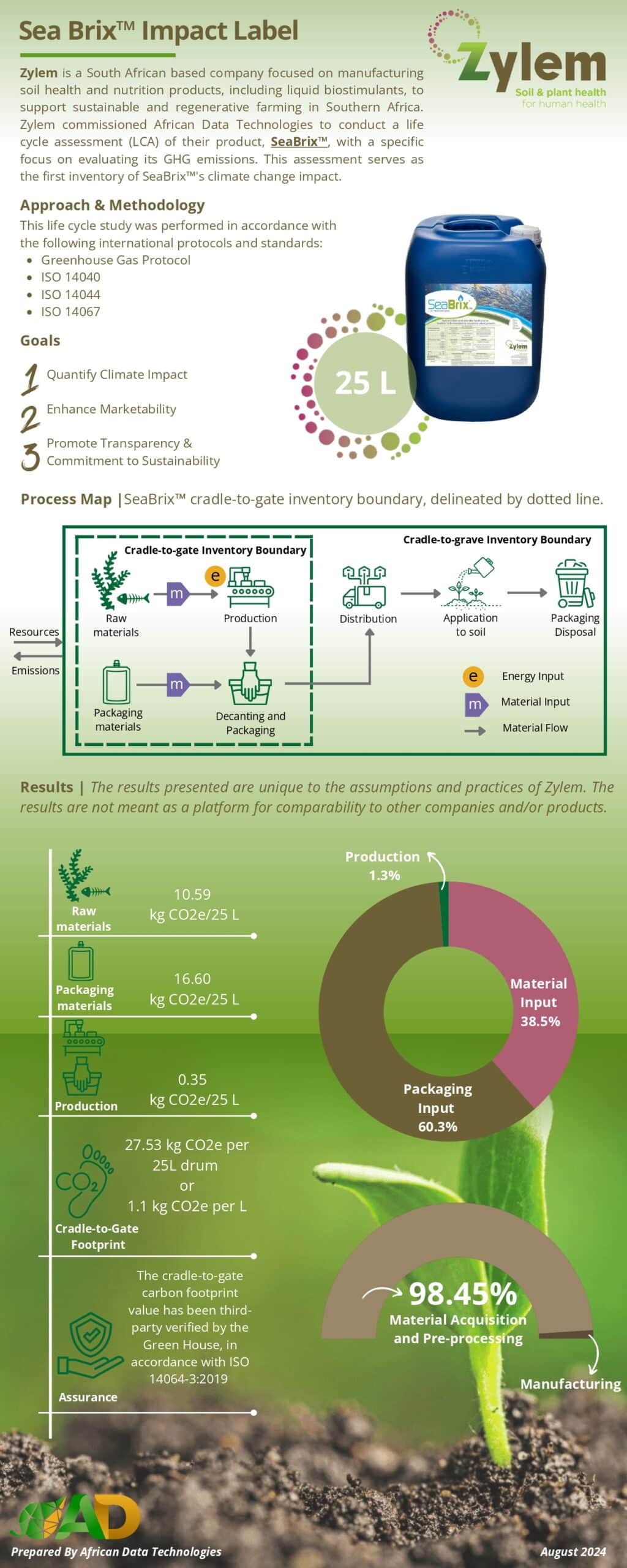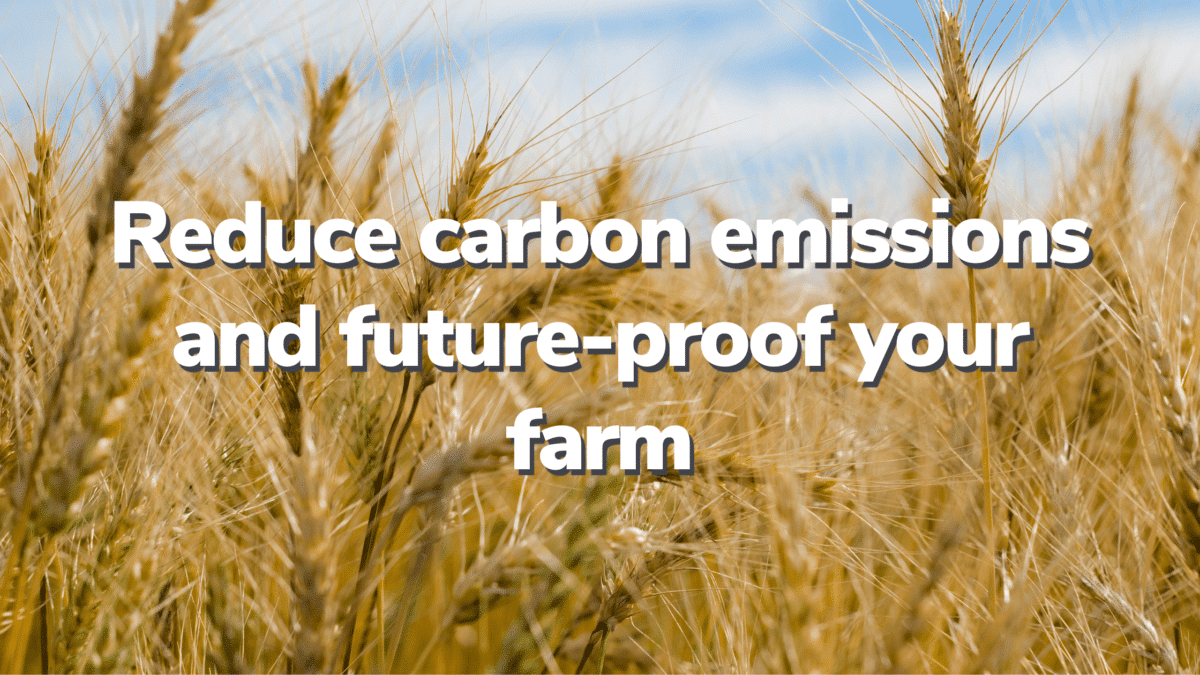As South African farmers, we face growing pressure to reduce carbon emissions and embrace sustainable practices. South Africa is one of the world’s most carbon-intensive agricultural producers, emitting over 1,100 tonnes of carbon dioxide equivalent (tCO₂e) for every $1 million in agricultural exports.
Globally, agriculture contributes 18.4% of greenhouse gas (GHG) emissions. Key culprits include fossil fuel use for machinery, synthetic fertiliser application, and methane emissions from livestock. Compounding this, 32% of South Africa’s agricultural exports go to Europe, where looming carbon tariffs threaten the competitiveness of our products.
The time to act is now. By adopting low-carbon practices and sustainable inputs, we can safeguard our businesses while aligning with the global push toward net-zero emissions.
Where do agricultural emissions come from?
To reduce our emissions, we first need to understand them. Agricultural GHG emissions fall into five main categories:
- Fossil fuel use: Powering machinery, irrigation, and transportation.
- Land use changes: Deforestation or converting grasslands for agriculture.
- Synthetic fertilisers: Both their production and field application release potent greenhouse gases like nitrous oxide.
- Methane emissions: Primarily from ruminant livestock.
- Waste management: Including the disposal of organic waste and packaging materials.
Synthetic fertilisers, in particular, are significant contributors. They not only release nitrous oxide but also degrade soil health over time. Thankfully, alternatives like SeaBrix™ can help reduce emissions while revitalising our soils.
A sustainable fertiliser solution: SeaBrix™
Developed by Zylem, SeaBrix™ is a soil nutrition product designed to promote regenerative farming practices. It offers a lower carbon footprint than traditional synthetic fertilisers while improving soil health and enhancing carbon sequestration.
An independent life cycle assessment (LCA), conducted by African Data Technologies and verified by The Green House, assessed SeaBrix™ emissions from raw material sourcing to field application. Here’s what the study revealed:
- A 25-litre drum of SeaBrix™ has a carbon footprint of 1.1 kg CO₂e per litre.
- Emission sources are broken down as follows:
- Raw materials: 38.5%
- Packaging: 60.3%
- Production: 1.3%
While packaging emissions are relatively high, the overall footprint remains significantly lower than that of conventional synthetic fertilisers.

For more details, email us at admin@zylemsa.co.za.
Embracing regenerative agriculture
Beyond choosing low-carbon inputs, adopting regenerative farming practices is key to reducing emissions and enhancing carbon sequestration. Regenerative agriculture focuses on:
- Cover cropping: Preventing soil erosion, improving structure, and increasing organic matter
- Crop rotation: Diversifying crops to improve soil fertility and reduce dependence on synthetic inputs
- Reduced tillage: Minimising soil disruption to maintain its carbon storage capacity
- Agroforestry: Integrating trees and shrubs to capture carbon, provide shade, and enhance biodiversity
When combined with low-impact products like SeaBrix™, these practices significantly reduce carbon footprints while boosting resilience to climate change.
Why we can’t wait to reduce carbon emissions
The EU’s carbon border adjustment mechanism (CBAM) is just one signal that global markets are prioritising sustainable practices. By acting now—adopting low-carbon inputs and regenerative farming—we can maintain market access, improve profitability, and future-proof our farms.
This shift isn’t just about compliance or competitiveness. It’s about preserving the health of our soil, environment, and agricultural industry for generations to come. Together, we can build a sustainable future for South African agriculture.

